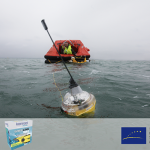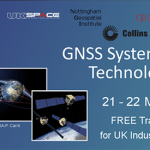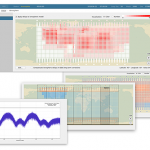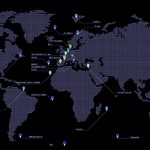European Space Sector Gets Defensive
Officials representing the European Union are now publicly advancing the use of EU space assets, including the Galileo satellite-based navigation system, for military purposes. Galileo has traditionally been touted as a purely civil, purely nonmilitary system, but times and circumstances are changing.
The theme of the EU Space Week session Security and Defense was established by the introductory text that appeared in the event’s program: “The development of the European space sector has, from the outset, been linked to security, either that of the Member States or the EU itself.”
By Peter Gutierrez













